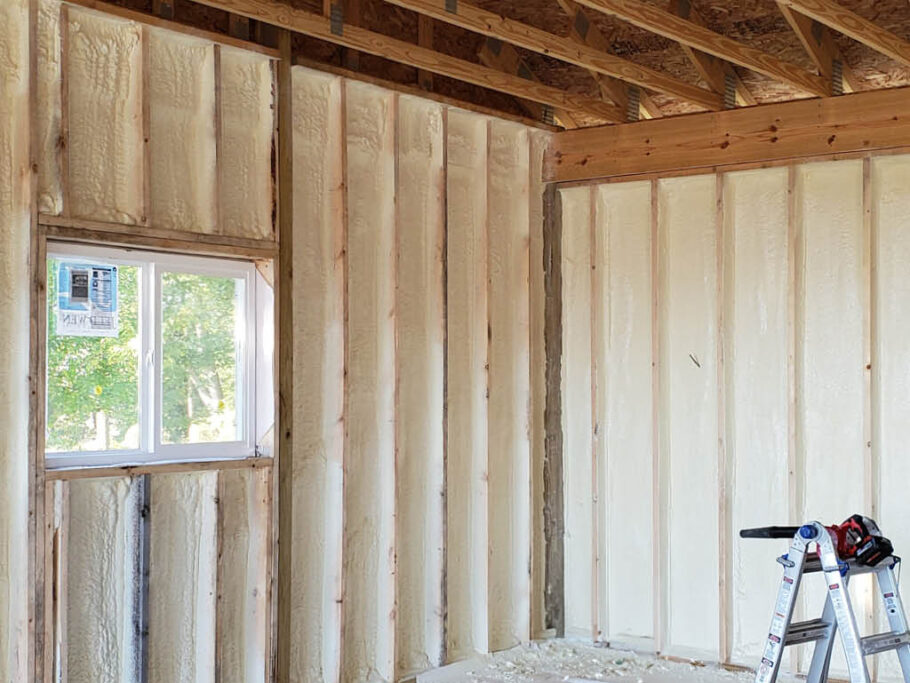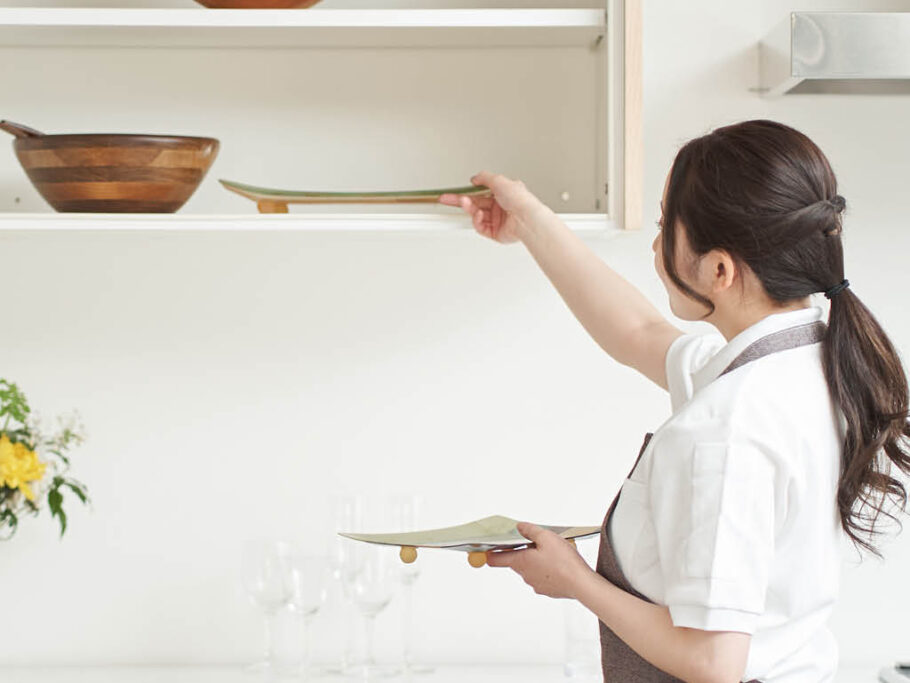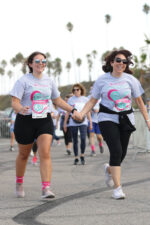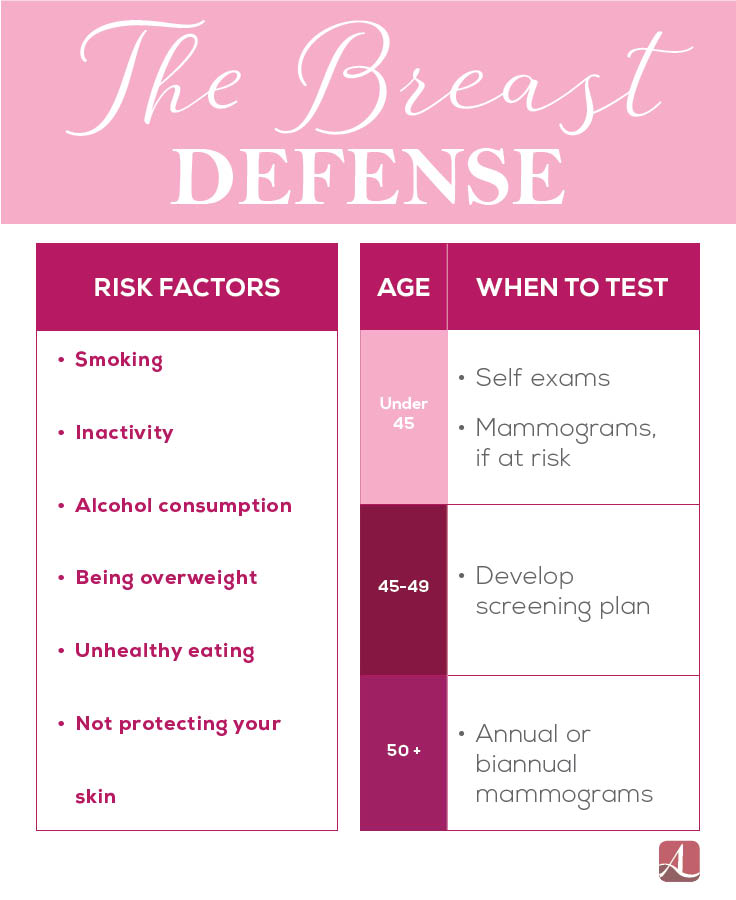Early Detection: Beating the Breast Cancer Odds
With so many contradicting recommendations and myths, it can be difficult to decipher breast cancer facts from fiction. However, there are plenty of agreed-upon risk factors, as well as best practices for testing, that are essential to understanding your individual risk.
No matter what age you are, professionals have agreed that the below behaviors and characteristics may increase your risk for developing breast cancer.

Smoking
The surgeon general has concluded that there is suggestive but not sufficient evidence linking tobacco smoke with increased risk for breast cancer. Still, researchers have found that exposure to the chemicals in tobacco smoke resulted in the appearance of those chemicals in breast tissue.

Heavy alcohol consumption
Drinking 2 to 5 alcoholic beverages every day makes you 1.5 times more likely to develop breast cancer than women who don’t drink.

Unhealthy eating/being overweight
Though there is no increased risk for people who were overweight during childhood, people who gain excess weight as adults do seem to be at higher risk for developing breast cancer. The American Cancer Society recommends maintaining a healthy diet and participating in moderate exercise a few times a week.
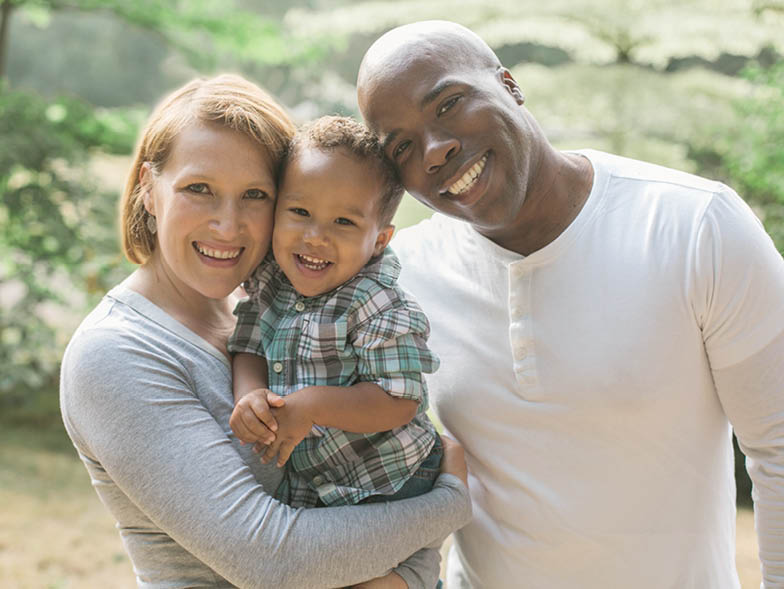
Having a baby after 30
Studies have shown that women who have children slightly later in life—after age 30—are at a higher risk for developing certain forms of breast cancer.
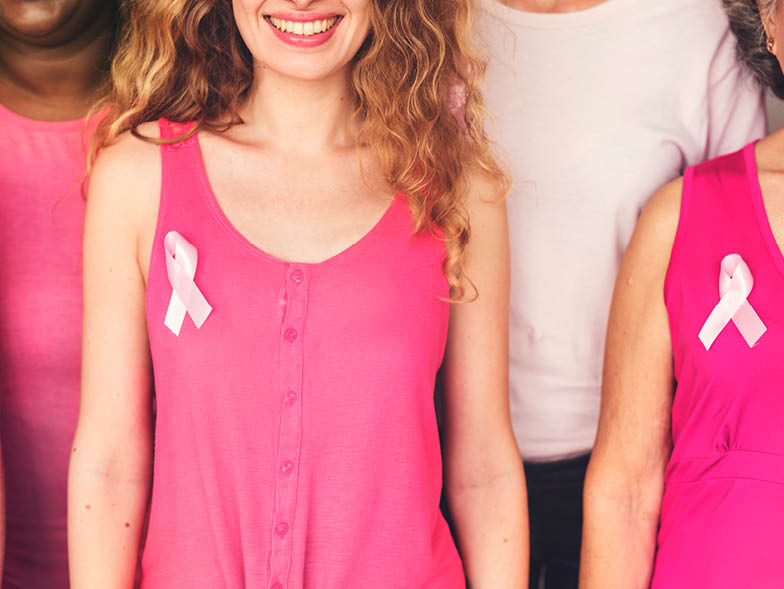
Age
Under 45
It’s important to start performing self-exams as early as your 20s, but you don’t need to receive a routine mammogram until your late forties, unless you have an increased risk due to family history or other factors.

45-49
Between ages 45 to 49, you should begin talking to your doctor about the best screening options for you, which usually consists of an annual or biannual mammogram, depending on your risk factors.
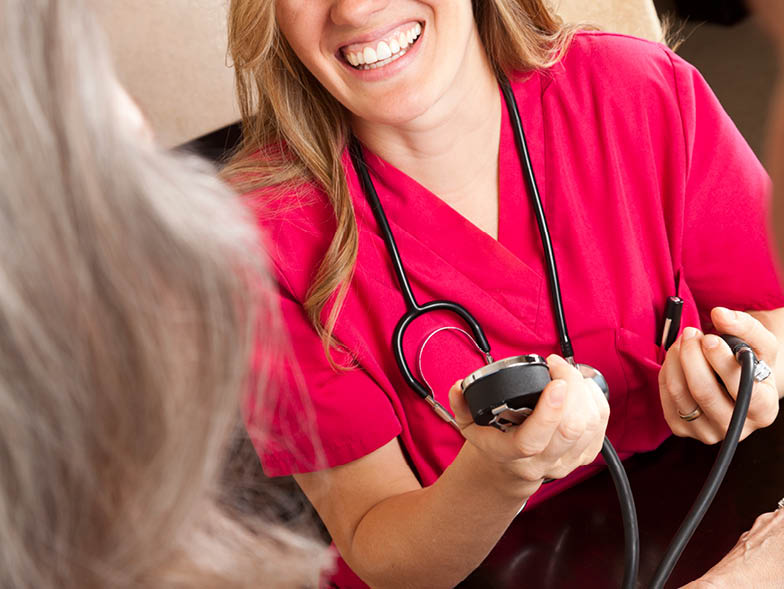
50 and older
If you’re age 50 or older, you should already be getting an annual or biannual mammogram.












